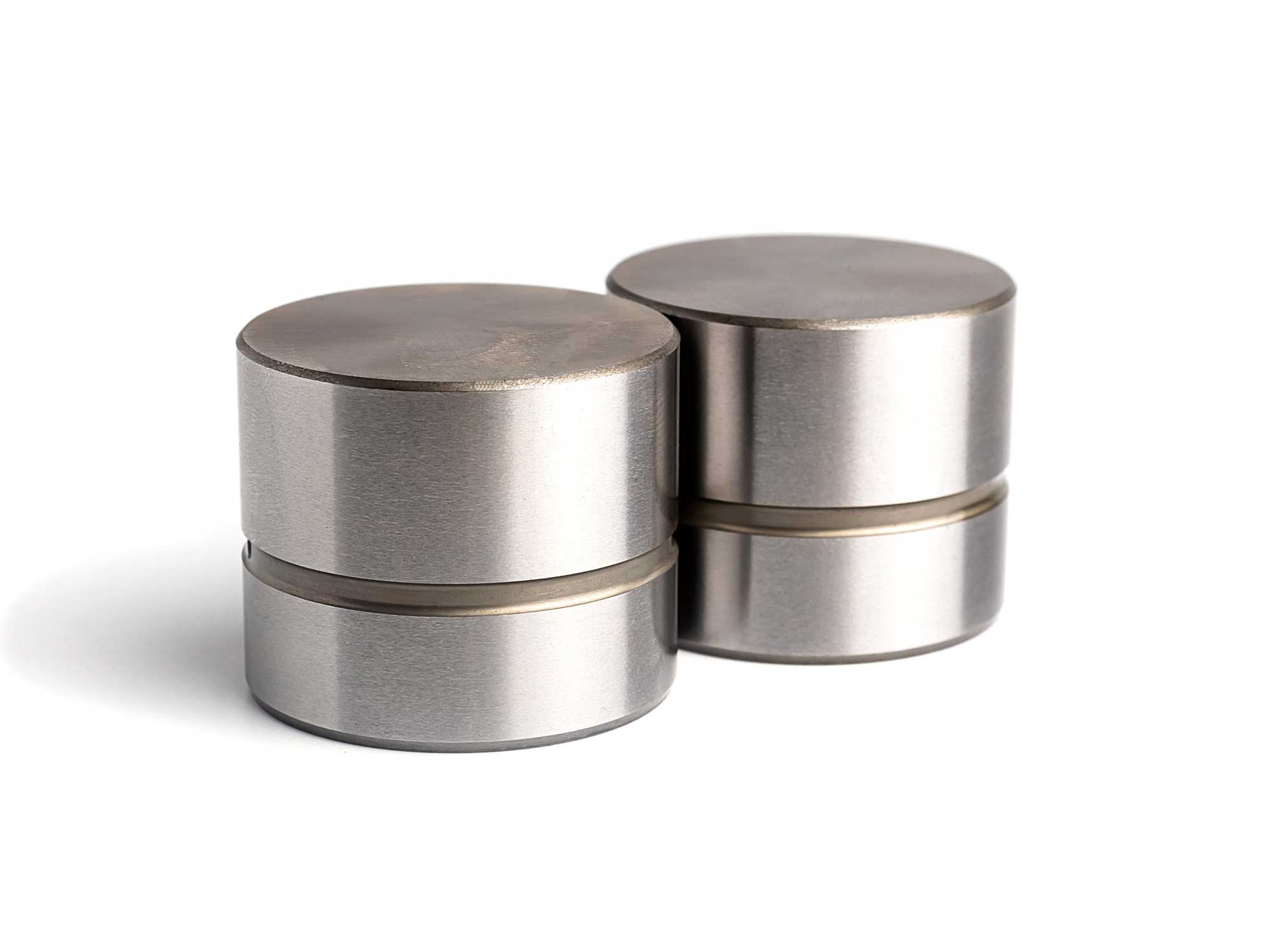Hydraulic Lifter

A Flywheel is a critical component of a vehicle’s drivetrain system. It’s a mechanical device that stores rotational energy and helps smooth out the engine’s power delivery by maintaining momentum during operation. It’s usually a heavy, disk-shaped object mounted on the engine’s crankshaft.
The Flywheel comes into action whenever the engine is running. Its primary purpose is to store and release kinetic energy, aiding in the engine’s smooth operation and compensating for fluctuations in power output generated during the combustion cycle.
Engineers and designers in the automotive industry meticulously consider the Flywheel’s specifications during the development phase. They calculate and optimize its weight, diameter, and material to ensure it complements the engine’s characteristics, balancing performance, fuel efficiency, and smooth operation.
The Flywheel serves multiple essential functions in a vehicle. Firstly, it provides inertia, allowing the engine to maintain a consistent rotational speed, especially during idling or low-speed operations, preventing stalling. Secondly, it assists in balancing the torque delivery to the transmission, enhancing overall drivability.
Situated at the rear of the engine block and bolted directly onto the crankshaft, the Flywheel spins alongside the engine’s crankshaft. When the engine generates power during the power stroke, the Flywheel stores some of this energy as rotational momentum. This stored energy helps smooth out power delivery during the compression and exhaust strokes, minimizing vibrations and ensuring a more consistent output.
Flywheels are typically made from high-strength steel or lightweight materials like aluminum. The design and construction involve precision engineering to achieve the desired weight distribution and balance. Additionally, some high-performance vehicles incorporate dual-mass flywheels to further dampen engine vibrations and improve overall driving experience.


